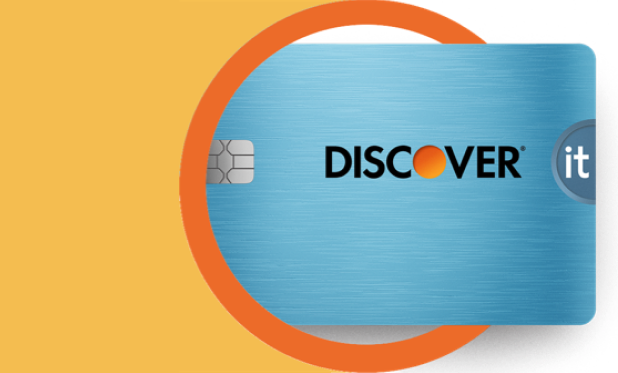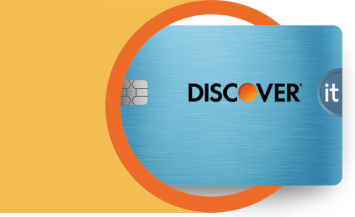Did you know it’s possible to send money with your credit card? This could be useful the next time you want to send money to a family member on their birthday or split a dinner bill with friends.

How to Send Money With a Credit Card
6 min read
Last Updated: May 7, 2025
Next steps

See if you're pre-approved

View all Discover credit cards
See rates, rewards and other info
You may also be interested in
Was this article helpful?
Was this article helpful?




